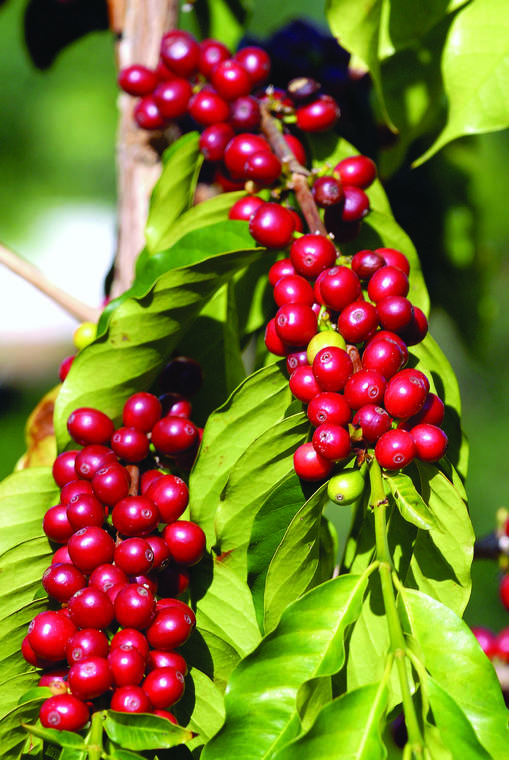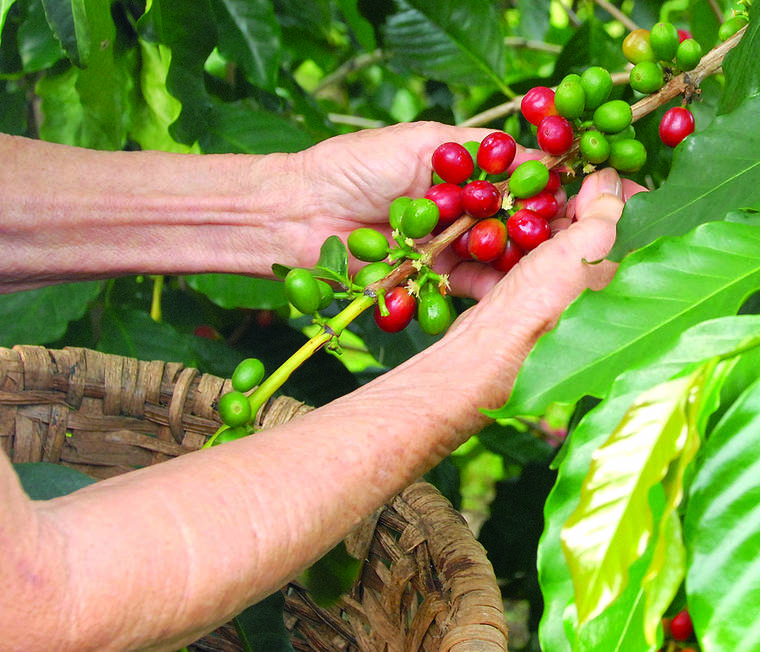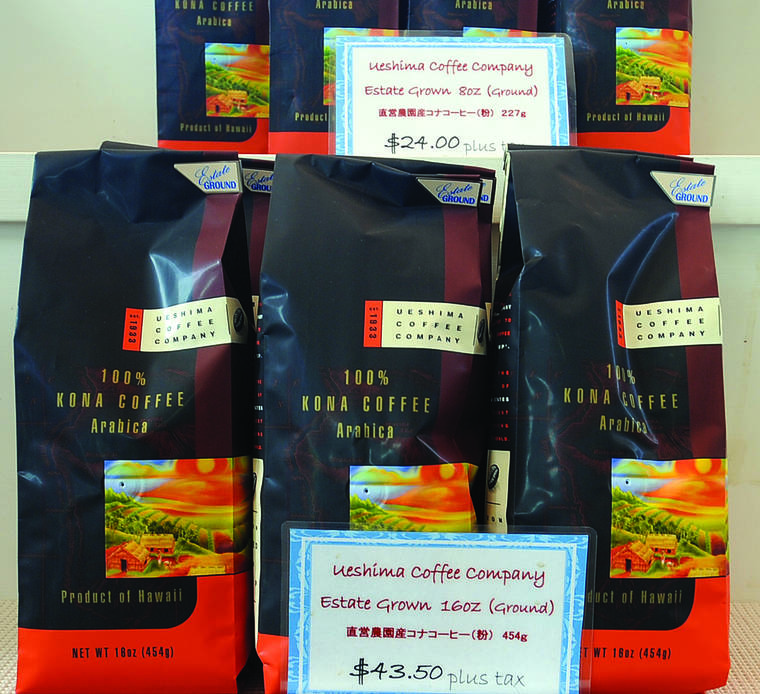A bill strengthening labeling requirements for Hawaii-grown coffee blends was deferred Wednesday by the House Judiciary Committee.
House Bill 1886 would have gradually increased the minimum percentage of Hawaii-grown coffee from 10% to 51% over a three-year period, rather than an immediate implementation to the higher minimum as initially proposed.
The bill was introduced by Oahu and Big Island representatives, including Richard Creagan, D-Kona, Ka‘u, Nicole Lowen D-North Kona, and David Tarnas, D-North Kona, North and South Kohala.
Lowen said Thursday afternoon that she believes the bill stalled after the amended version included appropriations, but was not referred to the Finance Committee before the required deadline.
“I’m committed to keep fighting for this bill and our farmers,” said Lowen.
The measure was initially introduced to increase the minimum immediately to 51%, however, the first committee assigned to hear the bill, the Committee on Agriculture, added a phased-in implementation. As amended, a minimum of 20% coffee by weight would have been required starting July 1 through June 30, 2021. From July 1, 2021, to June 30, 2020, the minimum would increase to 30% followed by a minimum of 51% effective July 1, 2022.
Following unanimous passage by the agriculture committee, the Committee on Consumer Protection and Commerce took up the measure on Feb. 13 and added a section for funding for the project, though a specified amount was not included. The panel further amended the bill by adding the various stages at which coffee can be sold, including roasted, instant, green, cherry and parchment to the bill.
Statewide green coffee production in 2018 was 5.48 million pounds, according to the most recent information available from the U.S. Department of Agriculture’s National Agricultural Statistics Service. The service valued the industry at $50.1 million.
The 2017 Census of Agriculture, which is conducted every five years, showed the majority of coffee farms were located on the Big Island, though thriving industries have developed on Maui, Kauai and Oahu. Of the estimated 9,300 acres of coffee planted in Hawaii, including bearing and non-bearing acreage, 5,491 acres were located on Hawaii Island. Further, approximately 1,343 of the state’s 1,577 coffee farms were located on the Orchid Isle.










